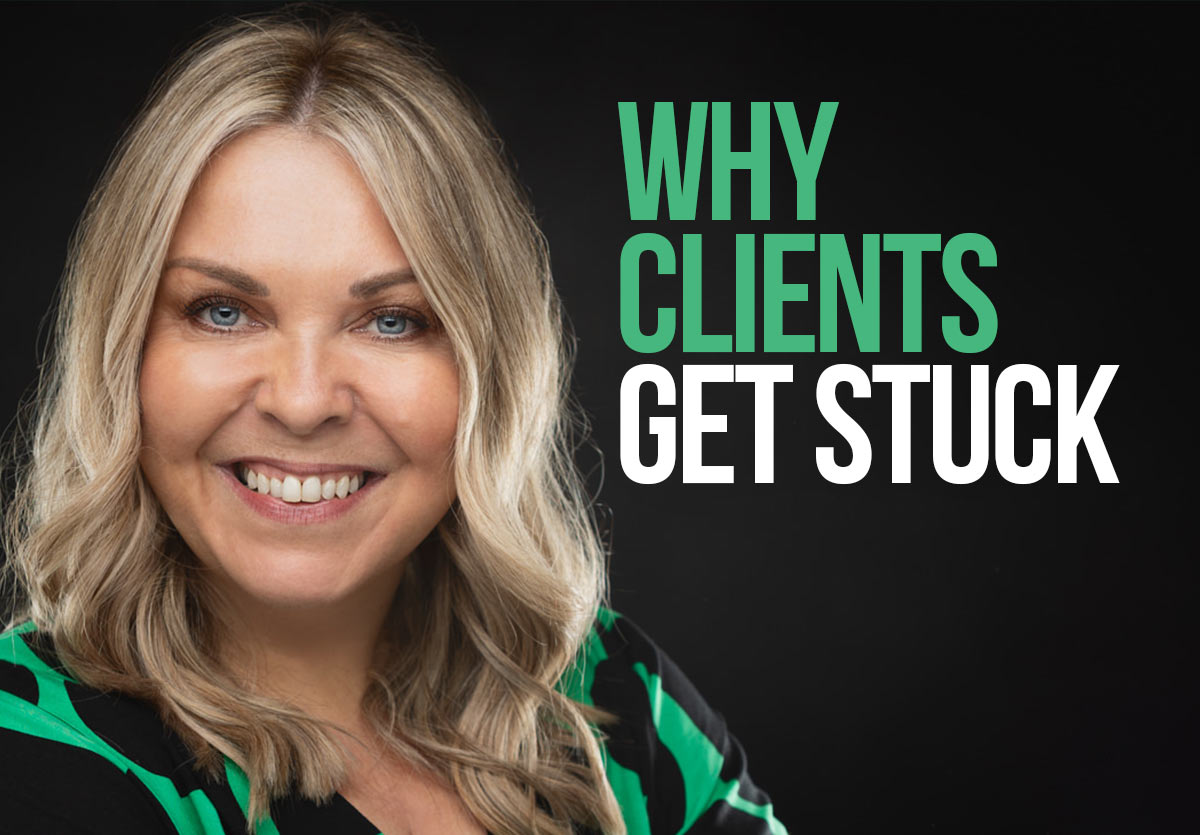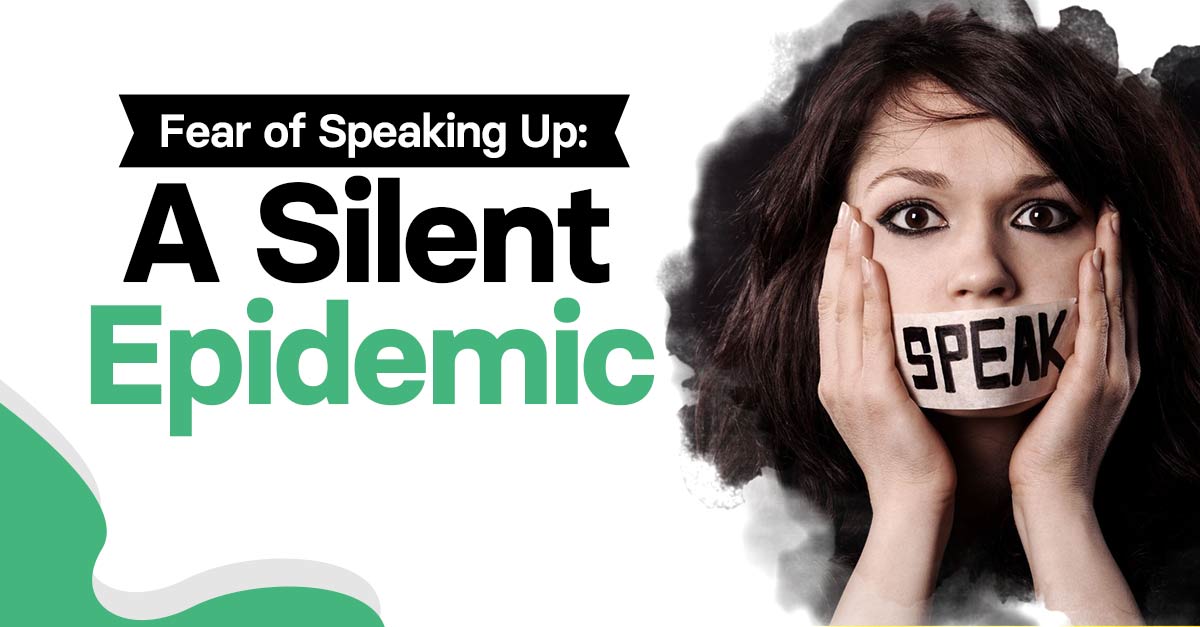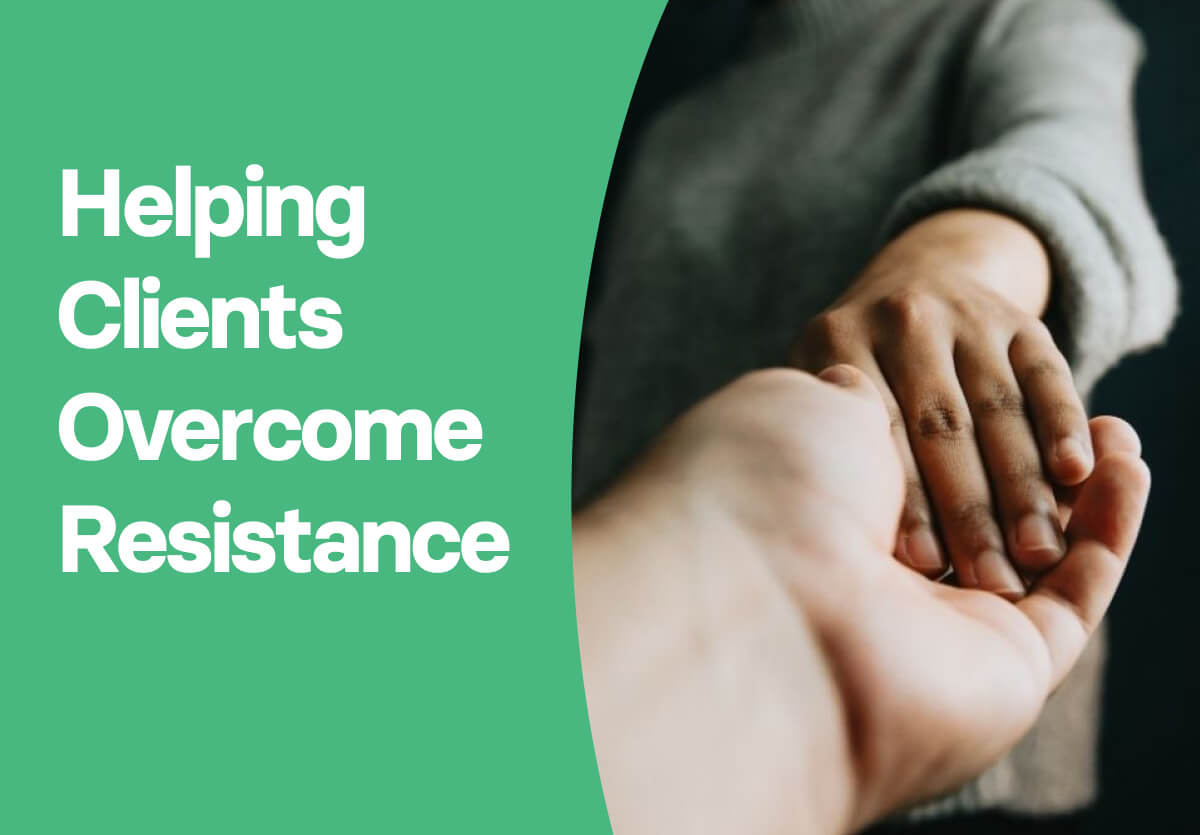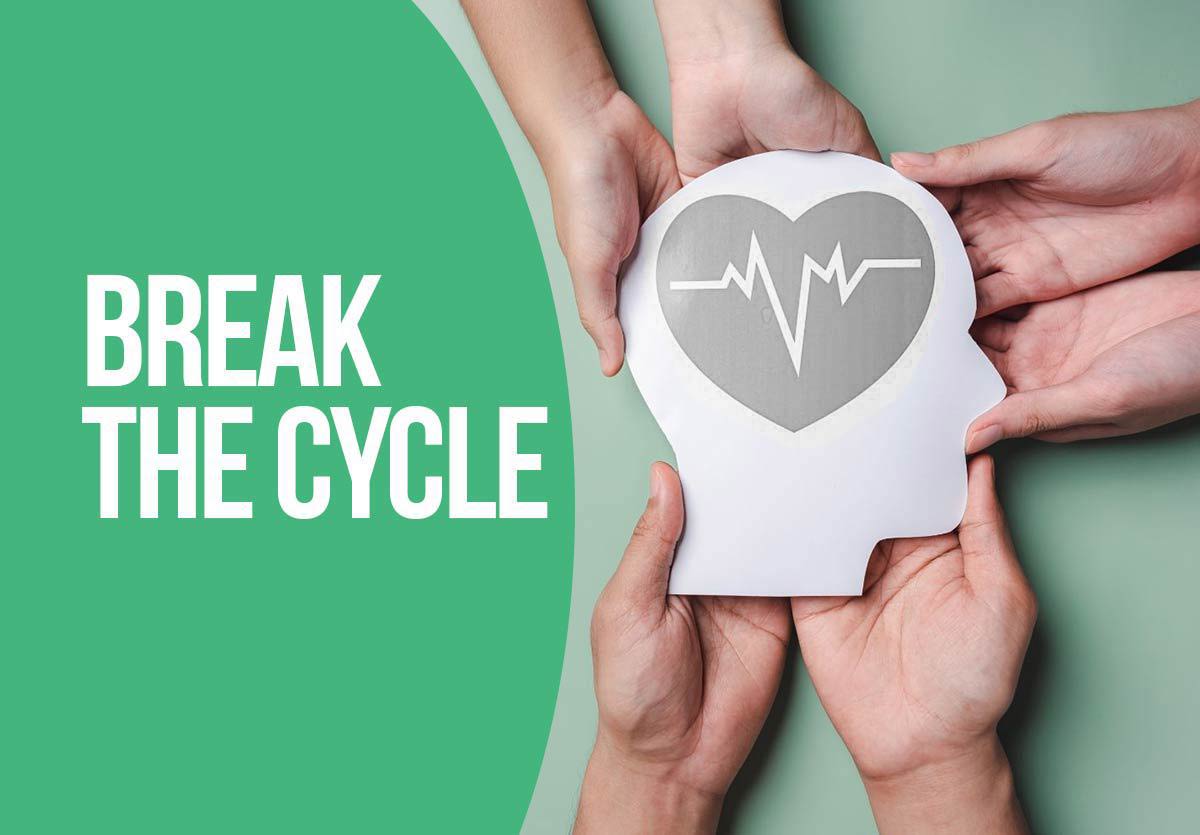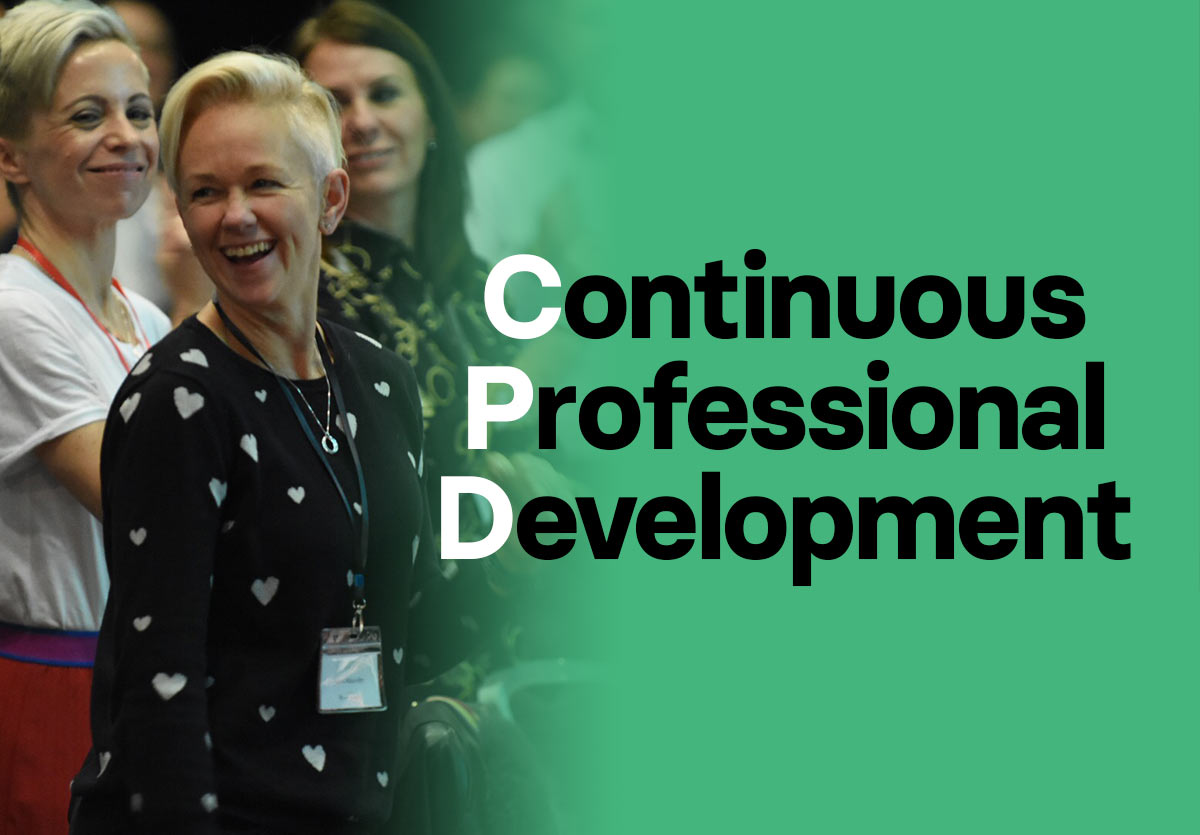People hire coaches for plenty of different reasons. Heard any of these before?
I want to take my business to the next level but I don’t know how.
I’m stressed and overwhelmed. Life is too busy.
I’ve lost my mojo. I need help to get it back.
I’m stuck. I don’t know why I’m procrastinating/not making progress.
What all of these (and many more) problems have in common is an overarching sense of being stuck. But why does it happen?
Why do clients get stuck?
In this blog, we’ll explore the three most common reasons. Let’s crack on.
Sticky Reason #1: Unconscious & Conscious Incompetence
Competence describes someone’s ability to do something successfully or efficiently. And when we’re feeling stuck in one or multiple aspects of our life, we’re usually pretty down on our ability to do much of anything well at all.
What’s more, we’re also unlikely to realise what’s holding us back in the first place.
This is us stuck in the ‘unconscious incompetence’ phase of the competence model. We don’t know why we’re here. What’s wrong with us?
The competence model comprises of four stages:
Unconscious incompetence
This is where most people who feel stuck are sitting. Usually in this stage clients are ignorant of the skillset they need to make positive changes, and this can take time to work through until the gap is recognised. This phase is us as our worst selves.
Conscious incompetence
In this stage, the deficit has been recognised and awareness is coming into play. Clients sitting with conscious incompetence recognise what they need to do to change things but can’t yet manage it.
Conscious Competence
When the client reaches the third stage of the model, conscious competence, they are in the learning phase. They know what they need to do and can execute it with a fair amount of conscious effort.
Unconscious Competence
Unconscious competence occurs when we’ve mastered whatever it is that we needed to to get out of being stuck. Performing the learned skill becomes second nature.
Okay, so what does that all mean in practice? What telltale signs might show you your client is lodged in unconscious incompetence?
Clients presenting limiting behaviours such as perfectionism, self-persecution, people-pleasing and pretending are stuck fast and need your help to move through the competence model and take hold of a better life.
Following the competence model with your client means taking them on a journey from being stuck and unaware of what they might need to change things, through learning new skills to tackle the issue, towards mastering those skills and beyond.
Sticky Reason #2: Fear of Failing
Have you ever not bothered to attempt something in case it goes wrong?
You’re not alone. Fear of failure is incredibly common and a huge player in your clients feeling completely and utterly stuck.
The double-edged sword of avoiding failure is biting. A client frightened of failing stops taking risks completely, meaning they will never succeed anyway. If that’s not the definition of stuck, we don’t know what is!
Clients petrified of failure might be big procrastinators, putting off tackling issues, tasks or even key aspects of their job role in fear of rejection, looking stupid or getting something wrong. Whether subconsciously or consciously, they are avoiding shame. On the other side of the coin, clients might also be overly goal-driven, obsessed with achievement and devoid of a life beyond their work.
To stop a fear of failure from keeping a hold on your client’s potential, you as coach need to help them redefine failure itself. Try reframing a situation your client is dreading in a session with them on the run-up to it happening. Explore different perspectives and outcomes. The goal is to make this common practice; through repeating the reframing of failure, your client will learn that it’s safe to try.
Sticky Reason #3: Self-Doubt
Does your client struggle to feel sure of themselves? Do they consistently question their own decisions, or waiver in their views and values?
If you’ve answered yes to any or all of the above, self-doubt may be at play in keeping your client feeling stuck and powerless to change.
Not being able to believe in yourself and hold true to your real feelings erodes your energy, big time. It’s easy to see how self-doubt is a self-fulfilling cycle of exhaustion and limiting beliefs that are enough to keep anyone from achieving what they want in life.
A loud Imposter Syndrome is a hugely common indication that your client is suffering from self-doubt issues. The idea that they are undeserving of any success they have managed to achieve can be a constant and devastating thought pattern for your client. Clients experiencing heavy Imposter Syndrome also often stumble into self-handicapping through undesirable coping mechanisms and sabotage behaviours, leaving them to question their worth.
Overachievement is another sign that your client is struggling with self-doubt. Overachievers put in ridiculous amounts of time and effort to leave no room for mistakes and failure. Unfortunately, self-doubt still usually comes up trumps because the individual won’t know whether it was their extraordinary efforts or true skill that helped them succeed.
Coaches with clients full of self-doubt need to help them reach clear certainty about their competence. Asking directive questions during coaching sessions which focus on highlighting skills your client has can help to reframe self-efficacy from something that is determined by other people to something that is nurtured within.
How To Help As A Coach
Today’s executives, leaders and entrepreneurs want to make positive changes to better their businesses and their personal lives, and you can arm them with the tools to do just that.
Educating your clients about the competence model enables them to clearly see what might be happening. Reading the theory through in that way can help to take big emotions down a peg, making way for tangible, practical discussions about how to work through the stages and achieve success.
Executive coaching issues always run deeper than business problems, but this can be hard to recognise for new clients in particular. And as most coaching takes on a non-directive approach, where the coach sits back, gently questioning now and then to nudge their client into finding their own solutions, this can be a problem.
Why? Because new clients, and existing clients, can be stuck.
Clients stuck in unconscious incompetence don’t know it. And they especially won’t know how to move through it. They’re likely to say ‘I don’t know’ a lot.
This is where directive coaching can be really helpful. Directive coaches engage in active partnerships with their clients, making suggestions and teaching strategies to get them to where they want to be.
Want to learn more about the problem with non-directive coaching? We’ve got just the blog for you. Read it here now…


